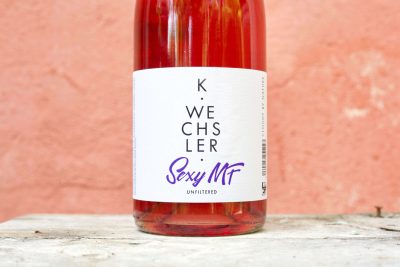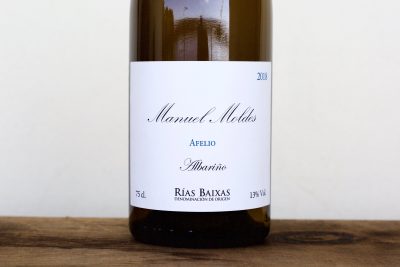Cartaux-Bougaud
Jura, France
This website contains no AI-generated text or images.
All writing and photography are original works by Ted Vance.
Sébastien and Sandrine’s family domaine is relatively young. The family’s first harvest in 1973 on a small 0.20-hectare plot in L’Étoile, their parents, Anne-Marie Bougaud and Guy Cartaux, acquired the Château de Quintigny (whose name adorns most of the labels as well as their family name) in 1983, expanding their vineyards and fully committing to winegrowing. Sébastien Cartaux and his sister Nathalie (who left the domaine in 2010) took over in 1993, and today Sébastien and Sandrine continue to run their 20-hectare estate, which was organic-certified in 2022. They produce Chardonnay (which makes up the vast majority of the vine surface area of L’Étoile’s 67 hectares) and Savagnin from AOC L’Étoile, as well as reds (Poulsard, Trousseau, and Pinot Noir) from the Côtes du Jura. Their wines are crafted in numerous cellars, including the ancient Château de Quintigny, using both traditional “ouillage” method with air space left in the barrel and the region’s unique oxidative aging process, essential for producing the renowned Vin Jaune.
Cartaux-Bougaud - 2022 L’Étoile, Chardonnay, La Côte des Vents
Price: $41.00
Size: 750ml
Availability:
Out of stock
Type of Wine: White
Grape(s): 100% Chardonnay
Style: Mineral, Elegant and Aromatic
GROWER OVERVIEW
Sébastien and Sandrine’s family domaine is relatively young. The family’s first harvest in 1973 on a small 0.20-hectare plot in L’Étoile, their parents, Anne-Marie Bougaud and Guy Cartaux, acquired the Château de Quintigny (whose name adorns most of the labels as well as their family name) in 1983, expanding their vineyards and fully committing to winegrowing. Sébastien Cartaux and his sister Nathalie (who left the domaine in 2010) took over in 1993, and today Sébastien and Sandrine continue to run their 20-hectare estate, which was organic-certified in 2022. They produce Chardonnay (which makes up the vast majority of the vine surface area of L’Étoile’s 67 hectares) and Savagnin from AOC L’Étoile, as well as reds (Poulsard, Trousseau, and Pinot Noir) from the Côtes du Jura. Their wines are crafted in numerous cellars, including the ancient Château de Quintigny, using both traditional “ouillage” method with air space left in the barrel and the region’s unique oxidative aging process, essential for producing the renowned Vin Jaune.
VINEYARD DETAILS
L’Étoile Chardonnay “La Côte des Vents” comes from vines planted in 1973 on an east face at 250 meters altitude on a steep slope of limestone bedrock and rich clay topsoil.
CELLAR NOTES
L’Étoile Chardonnay “La Côte des Vents” is a natural fermentation for 8-10 weeks with 25°C maximum in stainless steel and enamelled vats where it continues to age on the lees for 12 months before fining and filtration at bottling. Sulfites are first added on the must then again after malolactic.




































